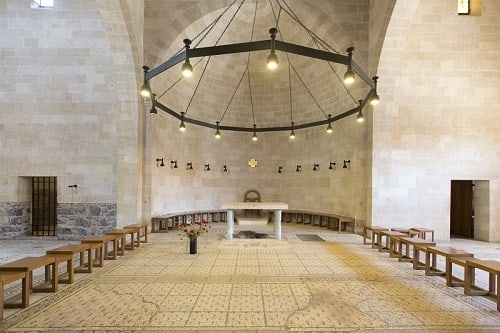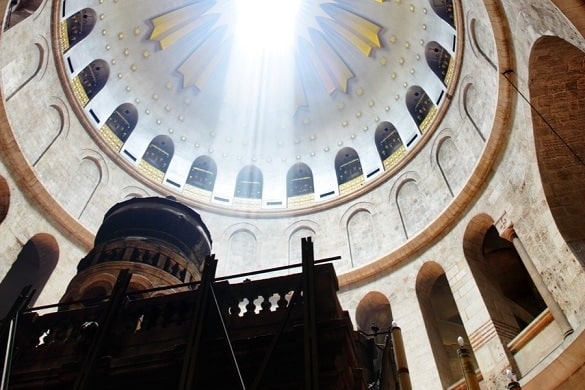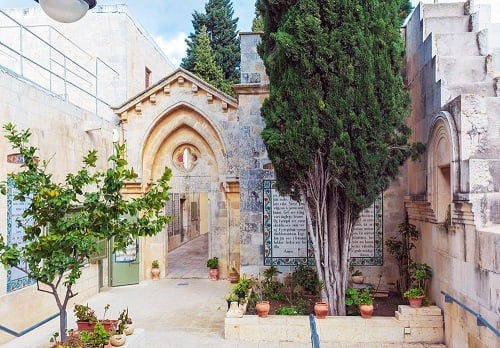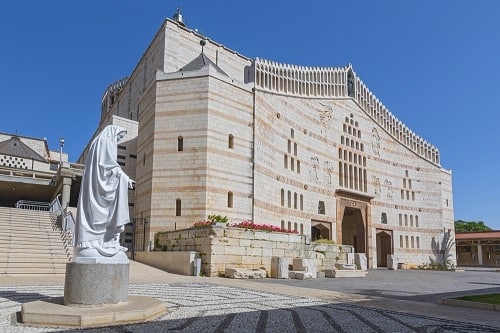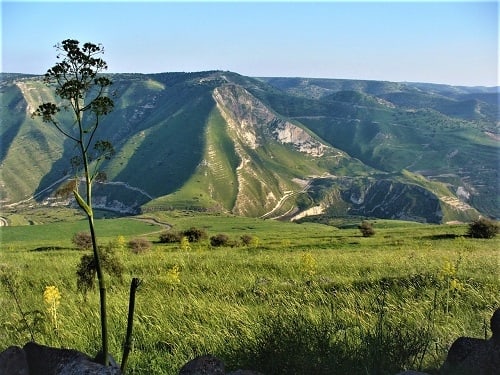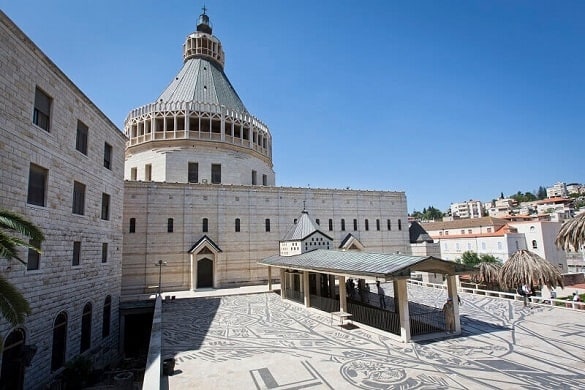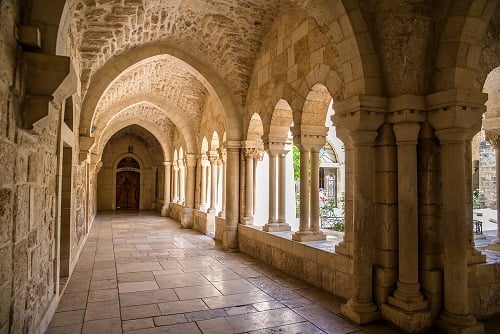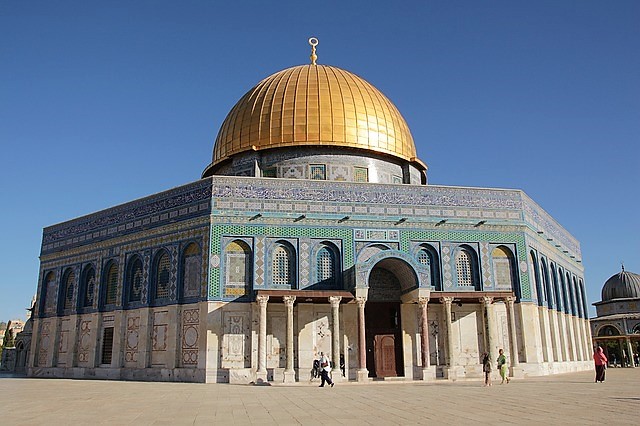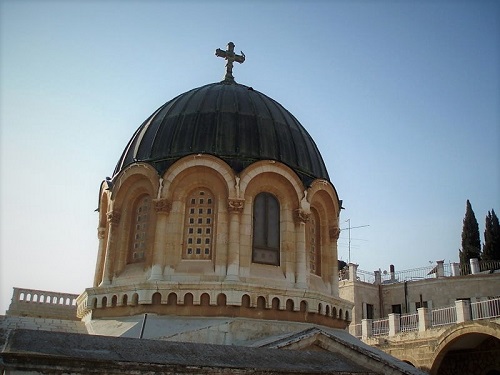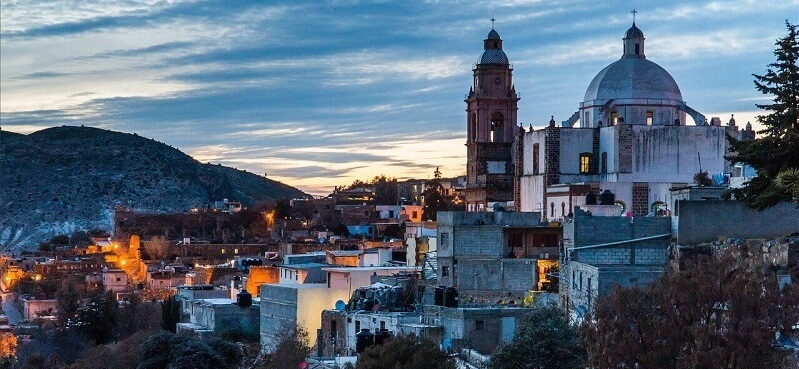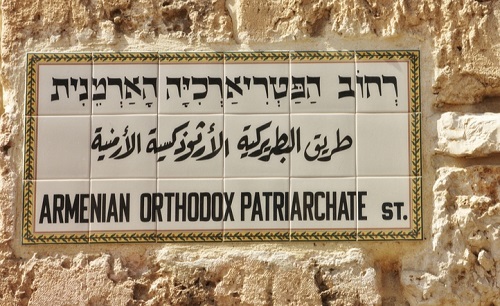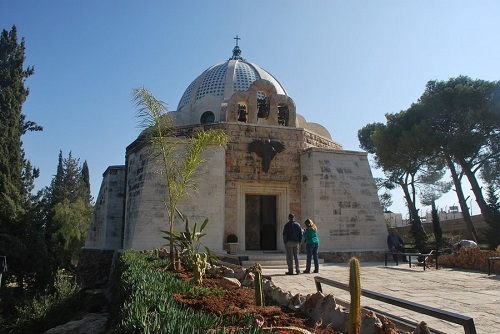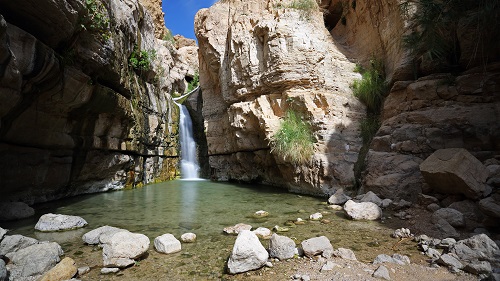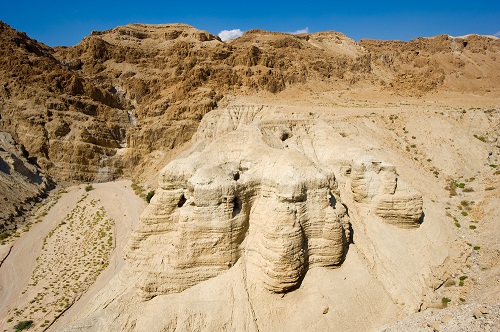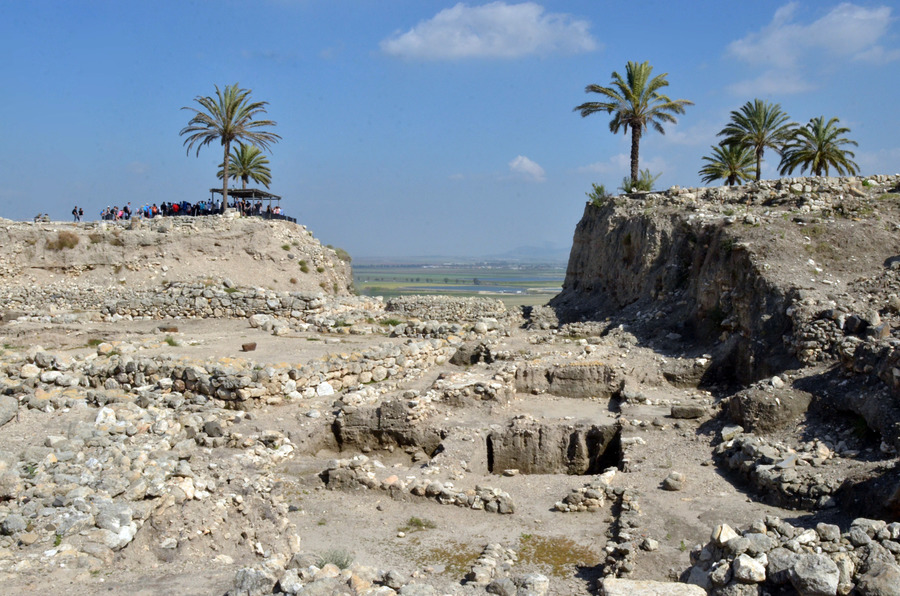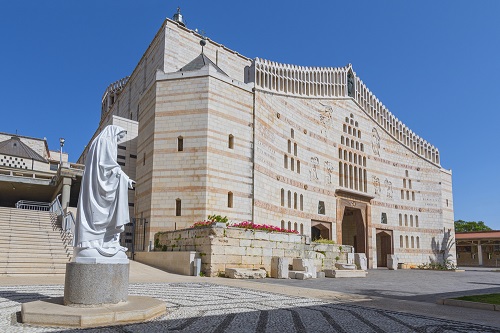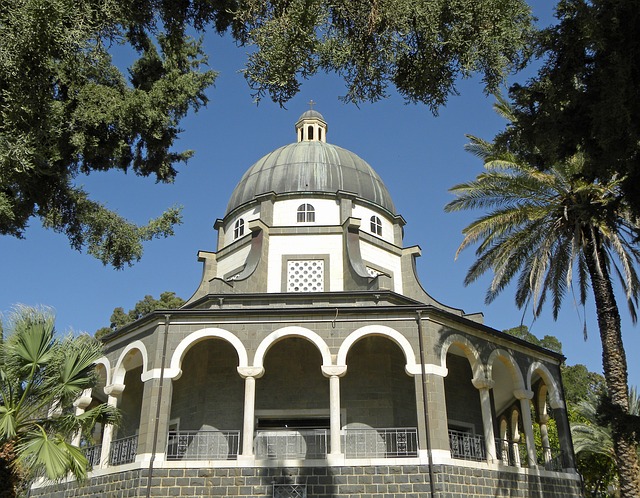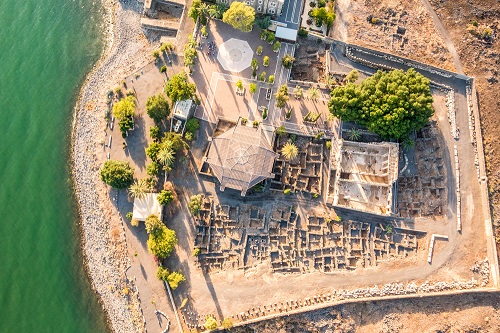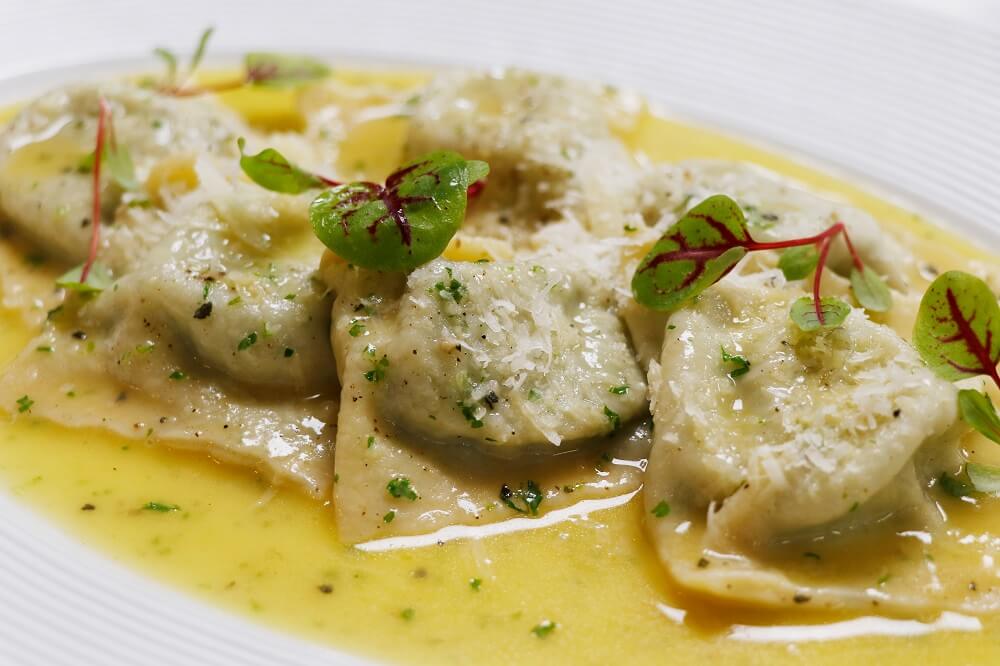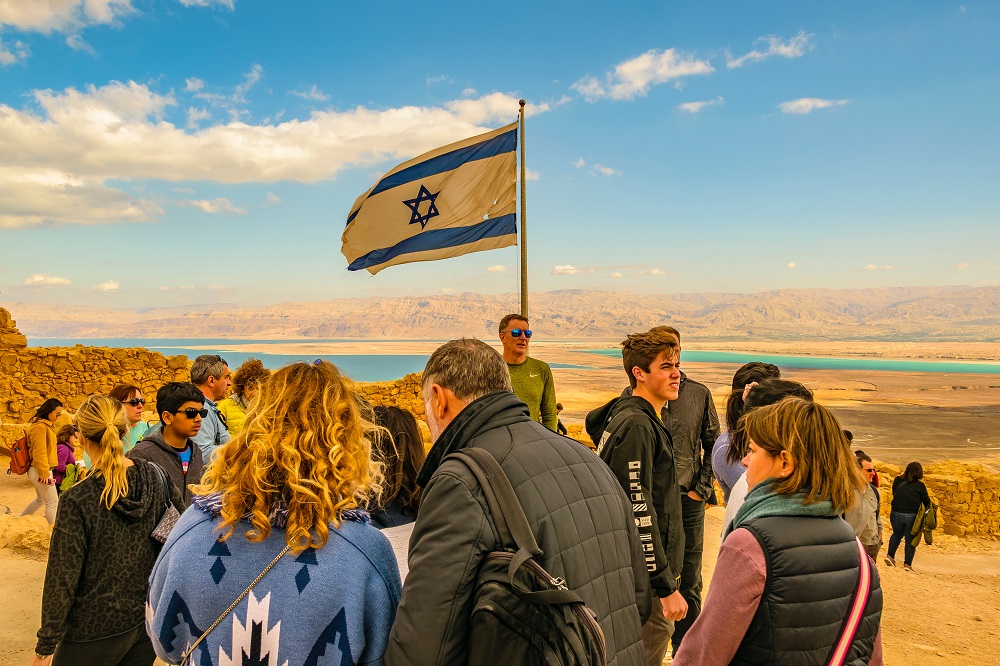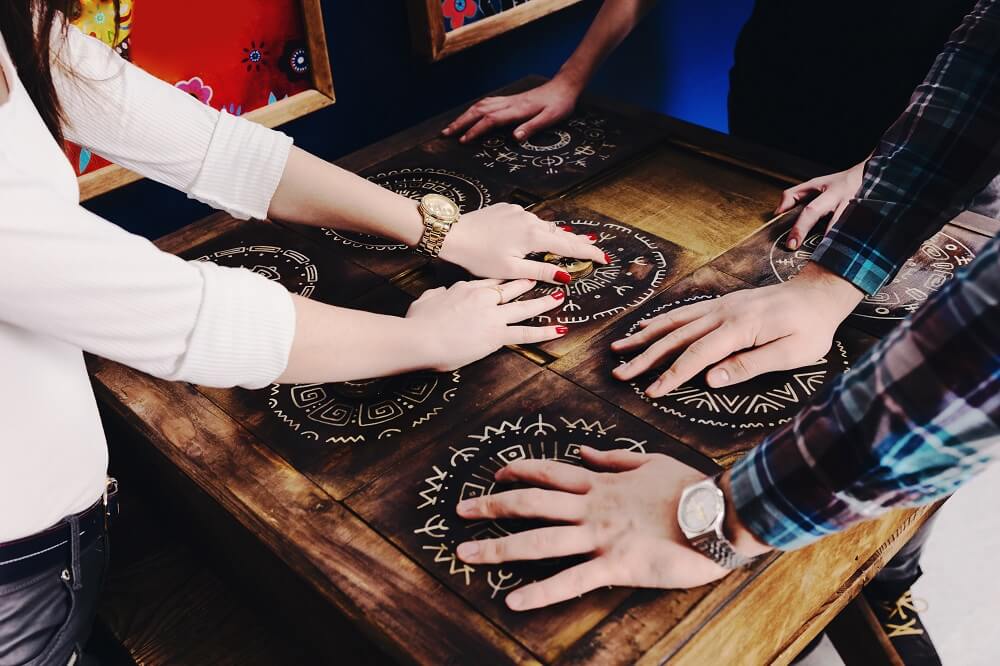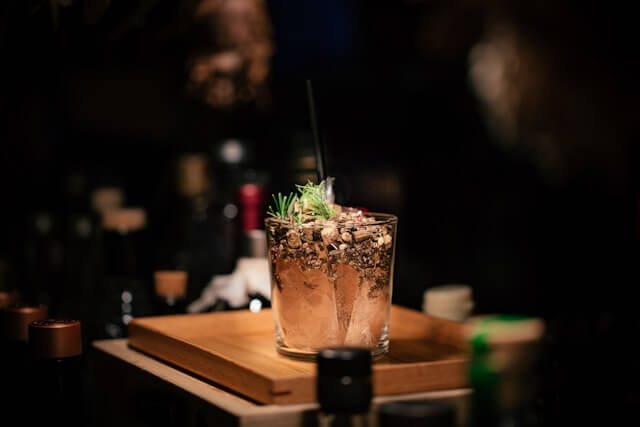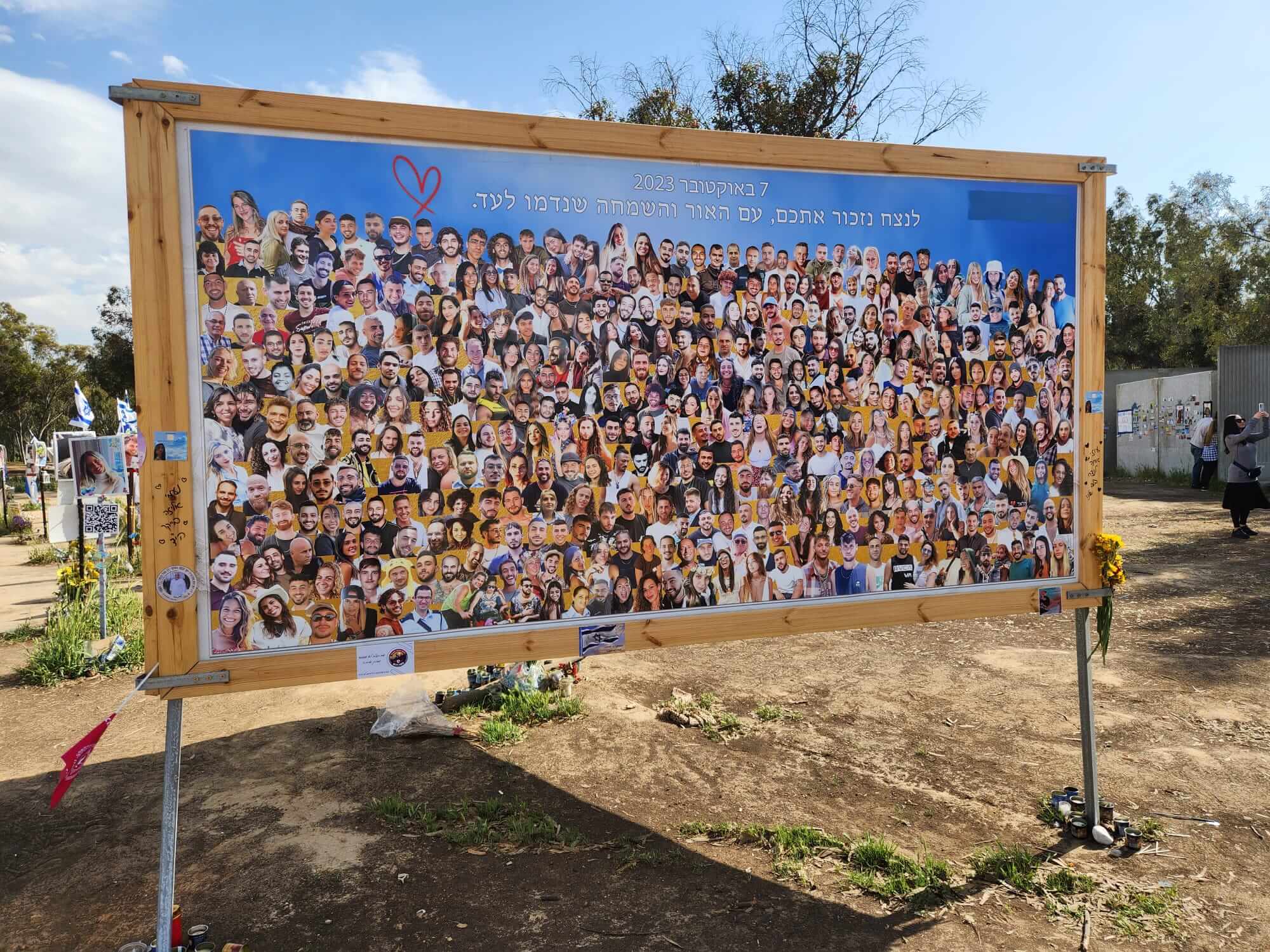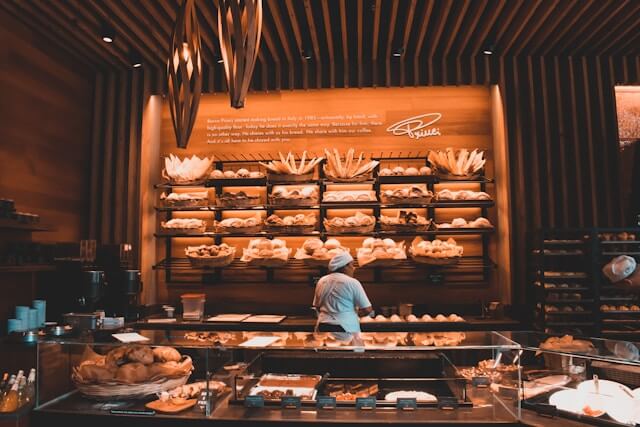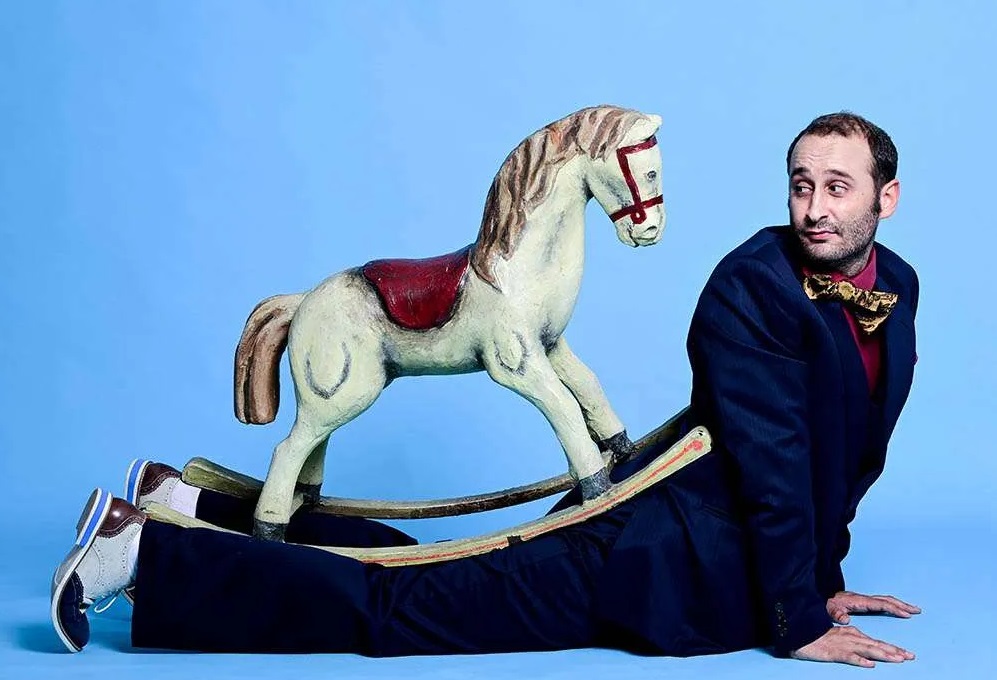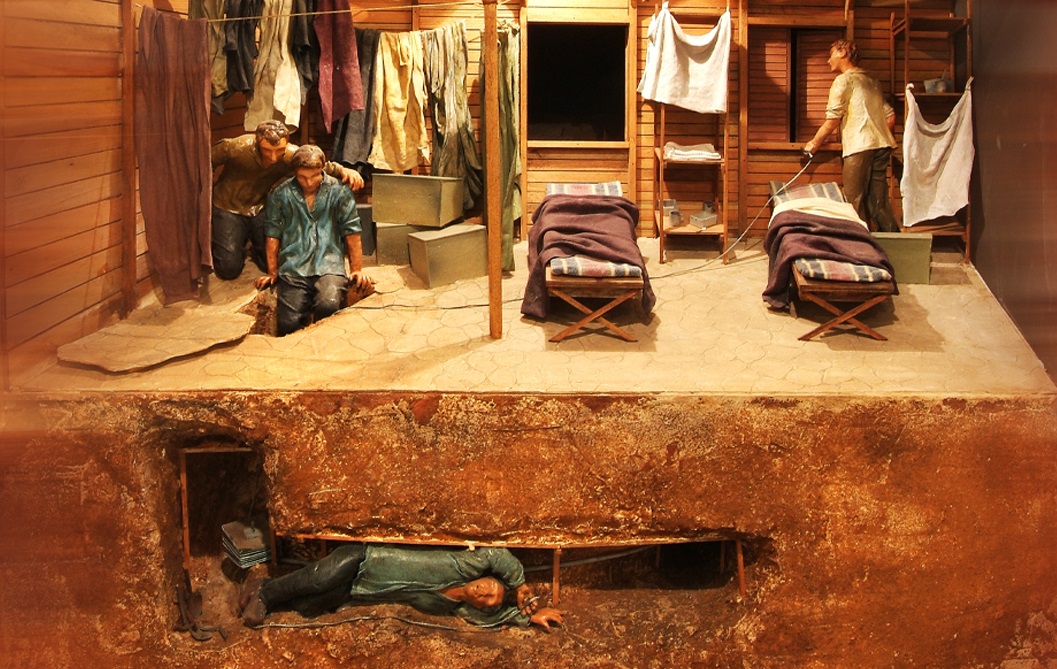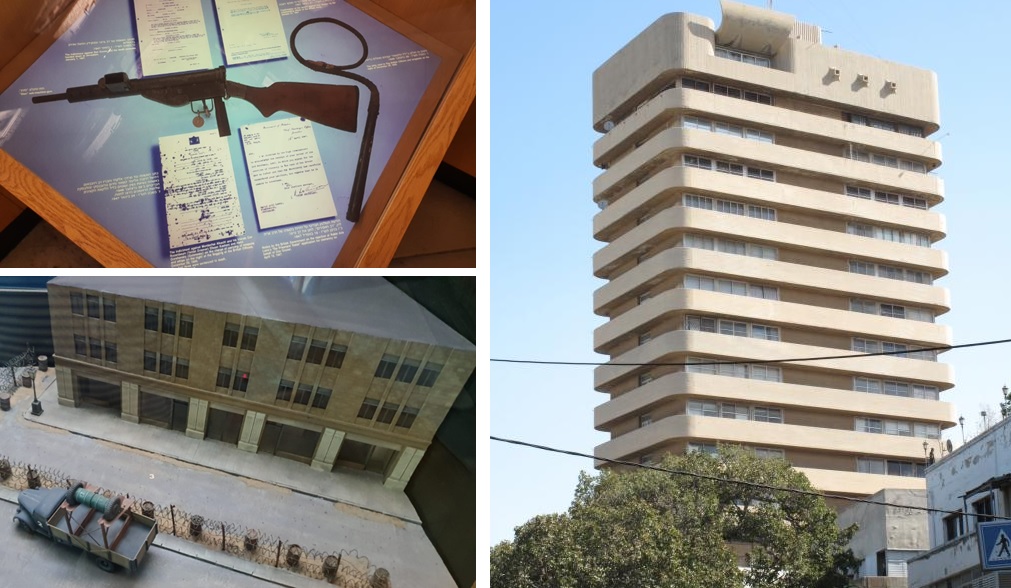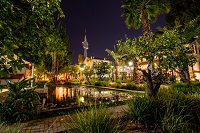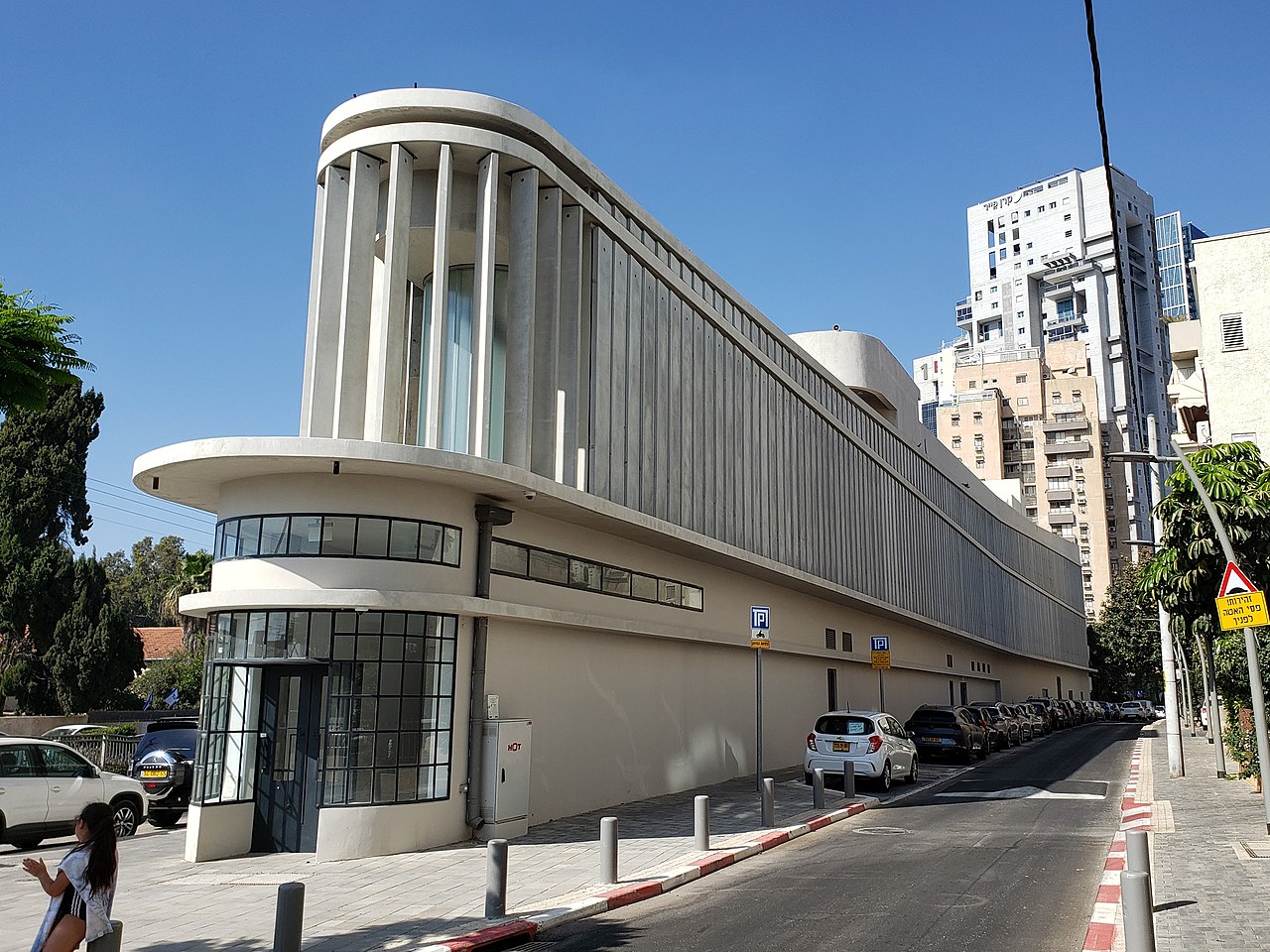The 8 Best Cocktail Bars in Tel Aviv
Looking for a fun night out in Tel Aviv with drinks that will make your eyes widen and taste buds tingle? Well, you’re in luck, because the Non-Stop City, known for its pulsating nightlife, is home to any number of excellent cocktail bars, all offering visitors a mixology experience that won’t be forgotten in a hurry.From swish and opulent spaces to 1920’s ‘Speakeasy’ style bars and local ‘down-and-dirty’ drinking dens, you’ll be blown away by the edgy vibes and the flair and creativity of the creations being served up. Here are what we think are some of the best cocktail bars in Tel Aviv…just remember to pace yourself!1. SpicehausThis ‘cocktail lab’ of a bar, on trendy Dizengoff Street, is a must-visit - not just because of the serious mixology going on but for the ‘themed’ element of it all. Staff where white chemists' coats and drinks are often served in lab equipment such as flasks and beakers. Add to the atmosphere the wild decor touches (bras hanging in the windows) and the Edgar Allen Poe poem recording in the bathroom and how could you not be enticed?Spicehaus has ‘sharing cocktails’ (ideal for couples or gangs of friends) and as well as the classics, there are plenty of unusual creations (the ‘Istanbul’) and the bar team are always up for requests. The food they offer really hit the spot - the ‘crack toast’ comes highly recommended and up until 08:30 pm, the happy hour means you’ll get a great deal. Forget your dull days in chemistry class - this science lab is fun!2. BellBoyAt this achingly hip bar, the general premise revolves around the idea that life is something that needs to be enjoyed. So if you’re looking for fun, head to the Berdichevsky Hotel, because fun you will have. Inside, you’ll find BellBoy, where everything at this 1920’s inspired bar is both beautiful and, as the owners remark, ‘out of the ordinary’.Extraordinary cocktail servings - BellBoy (Credit:BellBoy Instagram)Inspiringly-named cocktails include the ‘Tooth Fairy’ (mate-infused pisco, syrup, mint and soda), ‘Holy Water’ (mastika, eucalyptus, lime, Sauvignon Blanc and Myrrh) or ‘Monkey Business (dark rum, sour rum, Vermouth and Benedictine) are all gorgeously presented. As for bar snacks? Order the duck pate, which is actually molded into the shape of a rubber duck. Truly a unique night out…3. ImperialUnder the watchful eye of some veteran cocktail bar staff at this upscale hotel, the Imperial’s aim (as it boasts) is to create a ‘temple to the lost art of the cocktail.’ And this they do - which is why they’ve won award after award for their creations, all served up in upscale, elegant surroundings, with dim lighting and old-world ambiance, swing jazz playing quietly in the background.Credit: Imperial Cocktail Bar Instagram The drinks at the Imperial are nothing short of fabulous. Try an ‘East of Eden’ (Bombay Sapphire gin, Fino sherry, fresh apple juice and bay leaf-white pepper cordial), or ‘Silver Buddha Punch’ (Banana and pineapple-infused Agricole rums, Amaro Montenegro and silver needles tea cordial). Daring drinkers should sip at the famous ‘Prelude to a Kiss’ (Pere Magloire apple brandy, pisco capel, fresh lime and peach jam) and if you’re not in the mood for alcohol, order their ‘Dollar Shake’ (a show-stopping strawberry milkshake creation).4. Bar 223Up in the Old North, on a quieter part of trendy Dizengoff Street, close to the Namal Port and Park Hayarkon, you’ll find 223, a fine establishment, without pretensions, which has been serving up mouthwatering creations since 2008. The bar staff are knowledgeable and expert at their craft, and with a chilled mood and high-quality drinks, you’re assured of a good time.From classics like the Negroni and Old Fashioned to bespoke creations (the bar staff all speak English so don’t be afraid to ask lots of questions) you can’t go wrong. Teamed with their hamburgers and pizza, you’ll never want to leave. Prices are high but luckily they have a happy hour, so get there early and enjoy.The yard is waiting for you at Dizengoff 223 (Credit:223 Bar Tel Aviv Instagram)5. The Library BarCocktail bars in Tel Aviv don’t come much more stylish than the Library Bar at the elegant and luxurious Norman Hotel. Elegant creations, served in this uber-chic space (the decor is 1940’s British colonial style) and, open all day, this means you can begin enjoying cocktails at lunchtime (and in bar this good, you may stay until closing time). With an extensive list of spirits, and an expert team, as night falls the lights are dimmed and the atmosphere is transformed, making the Library Bar a glamorous choice not just for martinis and daiquiris but also some excellent complimentary bar snacks. To say this place is stylish is an understatement - the Library Bar is probably Tel Aviv’s most coveted spot for an evening drink so reserve well in advance!6. MargozaSet in beautiful and historic Old Jaffa, in the heart of the famous Flea Market, lies Margoza, a friendly neighborhood bar where, just like Cheers, everyone knows your name. A gastrofood haven, with a variety of tapas snacks, their cocktails mixed by expert bartenders who are always friendly and ever-obliging, will go down a treat.Margoza has seating both inside and out (perfect for spring and summer evenings) and great cocktails at very affordable prices. The food they serve up is also very good - try the lamb hummus or ‘flea market platter’ with your drink. Margoza is really a place that makes you feel you’ve come home, and with one of their mean Moscow Mules in your hand, just sit back and enjoy the Jaffa vibe.Credit: Margoza Bar Instagram7. FantasticWith its extraordinary design (inspired, as the owners remark, by ‘fairy tales, poetry, literature and wild animals’) there can’t be a bar in Tel Aviv that’s had so much time, money and effort put into it - and it shows. Up in the Namal Port area, Fantastic (owned by the BellBoy group) is a cross between 1920’s glamour and ‘Alice in Wonderland’ and the moment you enter their ‘Ball Room’ cocktail bar you’ll feel the magic immediately.Credit: Fantastic Bar InstagramFantastic serves up well-mixed cocktails, all in their own special cups and glasses (designed specially) with plenty of little gimmicks beside (go and see for yourself if you’re curious). Accompanying food plates are delicious - try the goose breast or the scallop bisque. Oh, and the decor and drinks at this place are incredibly photogenic so Instagram lovers will be in their element. Costly but a great night out and perfect for a special occasion.8. Social ClubLast but not least, don’t forget Social Club, just off beautiful Rothschild Boulevard, a New York-style bistro which is perfect for an early-evening drink, before the restaurant gets crowded. This ‘happening’ spot in Tel Aviv is always lively and whilst it might look chaotic (staff aren’t assigned to particular tables), there’s a method to the madness and a vibrancy to the place which you can’t miss.As well as the classics (their gin-based cocktails are particularly recommended) the bartenders will be happy to listen to your suggestions and the food bar, in the centre of the restaurant, is very well-designed. If you want to eat with your cocktail, the tataki tuna, grilled aubergine and beef bresaola. Social Club also has a space upstairs for private events, if you’re looking to throw a birthday bash or family event. Pricey but, hey, you only live once.
